Home>Gardening & Outdoor>Outdoor Entertaining>Why Does My Gas Fire Pit Keep Going Out
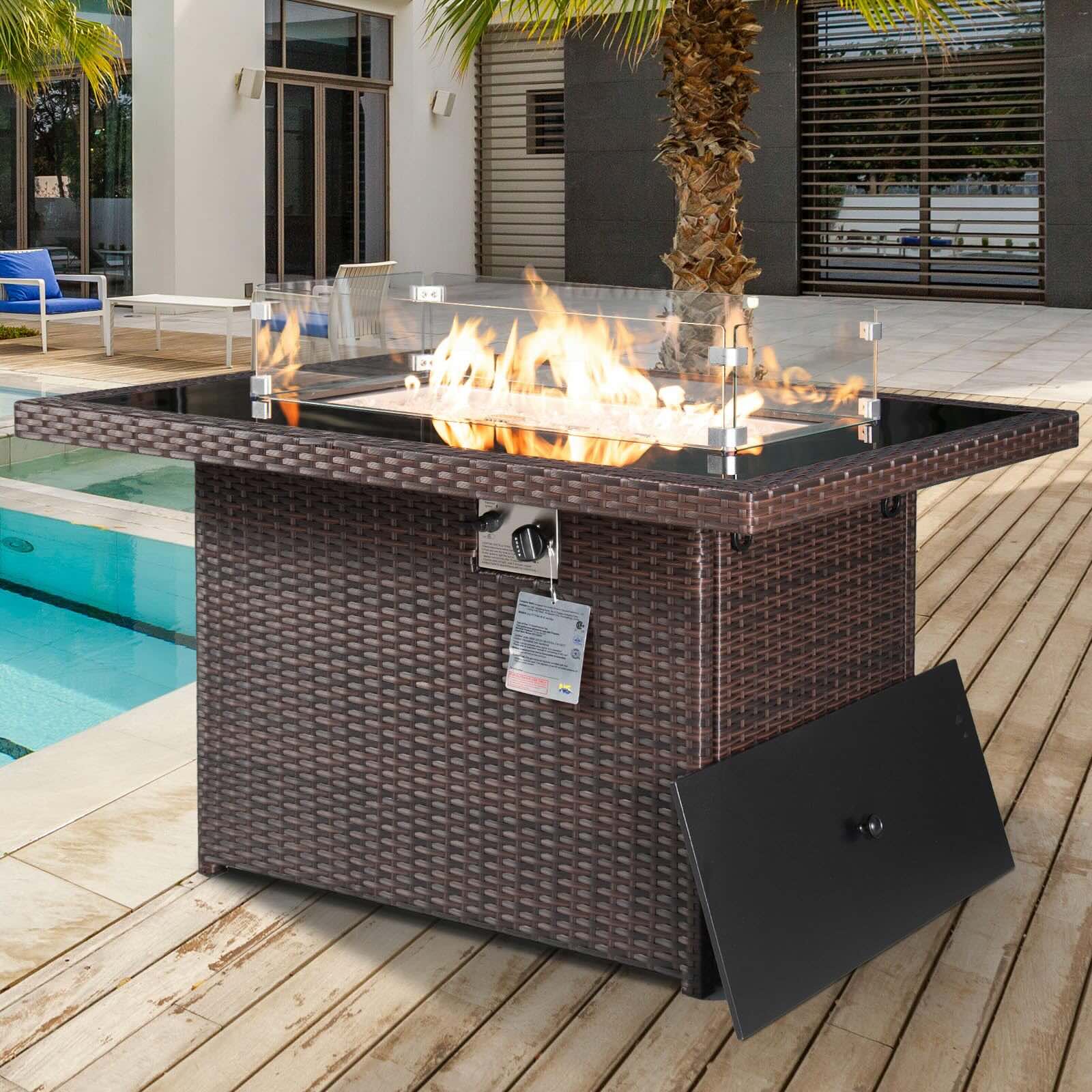

Outdoor Entertaining
Why Does My Gas Fire Pit Keep Going Out
Modified: February 3, 2024
Discover the reasons why your gas fire pit keeps going out and learn how to keep it burning for uninterrupted outdoor entertaining. Explore troubleshooting tips and solutions now!
(Many of the links in this article redirect to a specific reviewed product. Your purchase of these products through affiliate links helps to generate commission for Storables.com, at no extra cost. Learn more)
Introduction
Welcome to the wonderful world of outdoor entertaining, where the warmth of a gas fire pit creates a cozy ambiance for gatherings with friends and family. Picture this: a starry night, the gentle crackle of the flames, and the comforting glow of your gas fire pit. However, there might be moments when this idyllic scene is interrupted by the frustration of your gas fire pit repeatedly going out. Why does this happen, and what can you do about it? Let's delve into the intricacies of gas fire pits and explore the common reasons behind this issue, along with effective troubleshooting and solutions to ensure that your outdoor gatherings are never dampened by a flickering flame.
A gas fire pit is a versatile and convenient addition to any outdoor space, offering the allure of a traditional fire without the hassle of tending to wood and ash. Whether you have a dedicated gas fire pit or a conversion kit for an existing wood-burning fire pit, the principles and challenges remain similar. Understanding the inner workings of your gas fire pit and recognizing the factors that can lead to it going out unexpectedly are essential for maintaining a seamless and enjoyable outdoor entertaining experience.
In the following sections, we will explore the intricacies of gas fire pits, uncover the common reasons behind their tendency to extinguish, and equip you with practical troubleshooting techniques and solutions. By the end of this journey, you will be empowered with the knowledge and insights needed to keep the flames of your gas fire pit burning brightly, creating a captivating focal point for countless memorable moments under the open sky.
Key Takeaways:
- Keep your gas fire pit burning brightly by checking the fuel supply, protecting it from wind, and cleaning the burner to ensure a consistent and enchanting flame for outdoor gatherings.
- Understanding and addressing common issues like gas supply, wind exposure, and thermocouple maintenance can help you troubleshoot and maintain the optimal performance of your gas fire pit.
Read more: Why Does My Gas Fireplace Keep Going Out
Understanding Gas Fire Pits
Gas fire pits offer a convenient and versatile alternative to traditional wood-burning fire pits, providing a hassle-free way to enjoy the warmth and ambiance of an open flame in outdoor settings. These modern marvels are typically fueled by either natural gas or propane, with the fuel source connected to a burner that disperses flames across a bed of fire glass, lava rocks, or ceramic logs. The ignition process is often facilitated by a control panel or electronic ignition system, allowing for effortless operation and temperature control.
One of the key advantages of gas fire pits is their user-friendly nature. Unlike wood-burning fire pits, which require constant attention to maintain the fire and manage the resulting ash and embers, gas fire pits offer a more hands-off approach. With a simple turn of a knob or press of a button, you can ignite the flames and adjust their intensity to suit the ambiance you desire. This convenience makes gas fire pits an attractive option for outdoor entertaining, allowing hosts to focus on enjoying the company of their guests rather than tending to the fire.
Furthermore, gas fire pits are known for their cleanliness and efficiency. By utilizing clean-burning fuels such as natural gas or propane, these fire pits produce minimal smoke and soot, creating a more pleasant and eco-friendly outdoor environment. Additionally, the controlled nature of gas flames reduces the risk of sparks and flying embers, promoting a safer and more contained fire experience.
It’s important to note that gas fire pits come in various designs, including freestanding models, table-style fire pits, and custom-built installations, allowing for seamless integration into different outdoor settings. Some gas fire pits are equipped with decorative elements such as intricate metalwork or tempered glass enclosures, adding a touch of elegance to their functionality. Whether used for casual gatherings, intimate conversations, or al fresco dining, gas fire pits have become a beloved feature of outdoor living spaces, enriching the overall ambiance and extending the usability of patios, decks, and backyard retreats.
By understanding the fundamental components and benefits of gas fire pits, you can fully appreciate their value as a centerpiece for outdoor entertainment. As we continue our exploration, we will unravel the common issues that can disrupt the performance of gas fire pits, shedding light on the factors that may cause these beloved flames to unexpectedly dwindle and extinguish.
Common Reasons for Gas Fire Pit Going Out
While gas fire pits offer a convenient and reliable source of warmth and ambiance, there are several common reasons why they may struggle to maintain a consistent flame or unexpectedly extinguish. Understanding these factors is essential for effectively troubleshooting and addressing issues that can compromise the performance of your gas fire pit.
1. Gas Supply Issues: A primary culprit behind a gas fire pit going out is inadequate or interrupted gas supply. This can occur due to low fuel levels in the propane tank, a malfunctioning gas line, or a closed valve. Insufficient gas pressure or flow can lead to weak or intermittent flames, ultimately causing the fire pit to extinguish. Regularly checking the fuel levels and ensuring proper gas line connections can help prevent this issue.
2. Wind and Drafts: Outdoor environments are susceptible to varying wind conditions, and strong gusts can disrupt the flame pattern and intensity of a gas fire pit. Inconsistent air currents can cause the flames to sway, flicker, or diminish, potentially leading to the fire pit going out. Shielding the fire pit from direct wind exposure or installing wind guards can mitigate this issue and help maintain a steady flame.
3. Thermocouple Malfunction: Gas fire pits are equipped with a safety feature known as a thermocouple, which is designed to shut off the gas supply if it detects that the pilot flame has been extinguished. A malfunctioning or misaligned thermocouple can erroneously trigger the gas shut-off, causing the fire pit to go out unexpectedly. Regular inspection and maintenance of the thermocouple are essential for preventing this issue.
4. Contaminated Burner or Orifice: Over time, gas burners and orifices can become clogged or obstructed by debris, dust, or spider webs, hindering the proper flow and distribution of gas. This can result in uneven flames, erratic performance, and potential flame extinguishment. Periodic cleaning and inspection of the burner and orifice are crucial for ensuring optimal gas flow and combustion.
5. Low Gas Pressure: Inadequate gas pressure, whether due to a regulator issue or an undersized gas line, can impede the consistent operation of a gas fire pit. Insufficient gas pressure may result in weak flames, delayed ignition, or recurrent flame extinguishment. Verifying the proper functioning of the gas regulator and ensuring adequate gas line sizing are vital for addressing this issue.
By familiarizing yourself with these common reasons for gas fire pits going out, you can proactively assess and troubleshoot potential issues that may compromise the performance of your outdoor fire feature. In the following section, we will delve into effective troubleshooting techniques and solutions to help you keep the flames of your gas fire pit burning brightly, ensuring that your outdoor gatherings are always aglow with warmth and enchantment.
Check for a clogged burner or gas line, as this can cause the fire to go out. Clean the burner and ensure the gas line is clear to keep your gas fire pit burning consistently.
Troubleshooting and Solutions
When faced with the frustration of a gas fire pit repeatedly going out, employing effective troubleshooting techniques and implementing targeted solutions can help restore its reliable performance and ensure uninterrupted enjoyment of your outdoor space. Let’s explore practical steps to address common issues and maintain the optimal operation of your gas fire pit.
1. Check Gas Supply: Begin by verifying the fuel level in the propane tank or the continuity of the natural gas supply. Ensure that the gas valve is fully open, and if using a propane tank, confirm that it is not empty or nearing depletion. If the gas supply appears to be adequate, proceed to inspect the gas line for any signs of damage or leakage, addressing any issues promptly.
2. Address Wind Exposure: Shield the gas fire pit from direct wind exposure by strategically positioning wind guards or utilizing natural barriers such as shrubbery or decorative screens. This can help stabilize the flames and prevent disruptive drafts from causing the fire pit to extinguish unexpectedly.
3. Inspect and Maintain the Thermocouple: Carefully examine the thermocouple for any signs of damage, misalignment, or soot accumulation. Ensure that it is positioned correctly in the flame path and that the connections are secure. Clean the thermocouple gently to remove any buildup that may interfere with its functionality, thereby preventing unwarranted gas shut-offs.
4. Clean the Burner and Orifice: Regularly clean the gas burner and orifice to remove any debris, dust, or obstructions that could impede the flow of gas. Use a soft brush or compressed air to clear any blockages, ensuring that the flames can propagate evenly and consistently across the burner surface.
5. Verify Gas Pressure and Regulator Function: Confirm that the gas regulator is operating correctly and that the gas pressure is within the recommended range for your specific fire pit model. If necessary, consult a qualified technician to assess and adjust the gas pressure, ensuring optimal combustion and flame stability.
6. Professional Inspection: If persistent issues with your gas fire pit’s performance persist despite your troubleshooting efforts, consider seeking professional inspection and maintenance. A certified technician can conduct a comprehensive assessment, identify underlying issues, and perform any necessary repairs or adjustments to restore the fire pit’s functionality.
By diligently applying these troubleshooting techniques and solutions, you can address the common reasons for gas fire pits going out and maintain a consistent and captivating flame for your outdoor gatherings. With a proactive approach to maintenance and attention to detail, you can ensure that your gas fire pit remains a reliable and enchanting centerpiece, elevating the ambiance of your outdoor living space.
Conclusion
As we conclude our exploration of gas fire pits and the common challenges associated with their performance, it’s evident that these outdoor features hold immense potential for enhancing the allure and functionality of outdoor entertaining spaces. The convenience, cleanliness, and captivating ambiance offered by gas fire pits make them a beloved focal point for gatherings, relaxation, and al fresco dining. However, the occasional frustration of a gas fire pit going out can disrupt the seamless enjoyment of these experiences.
By understanding the inner workings of gas fire pits, recognizing the common reasons for their unexpected extinguishment, and implementing targeted troubleshooting techniques and solutions, you can effectively mitigate these challenges and ensure consistent, reliable performance. Regular maintenance, attentive observation, and proactive intervention are key components of preserving the optimal operation of your gas fire pit, allowing you to create countless memorable moments around its enchanting flames.
Whether it’s addressing gas supply issues, mitigating the impact of wind and drafts, or maintaining critical components such as the thermocouple and burner, your proactive approach to troubleshooting and maintenance will safeguard the integrity of your gas fire pit. Additionally, seeking professional assistance when necessary can provide invaluable insights and expertise in addressing more complex issues, ensuring that your outdoor entertainment centerpiece remains a source of warmth, comfort, and enchantment.
As you continue to bask in the glow of your gas fire pit and savor the camaraderie of outdoor gatherings, may the knowledge and insights gained from this exploration empower you to overcome any challenges that may arise. With a steadfast commitment to preserving the allure and functionality of your outdoor living space, your gas fire pit will continue to serve as a captivating beacon, illuminating the countless joys of alfresco living and creating cherished memories under the open sky.
Here’s to the enduring warmth and enchantment of your gas fire pit, igniting the spirit of togetherness and celebration in every flicker and dance of its mesmerizing flames.
Frequently Asked Questions about Why Does My Gas Fire Pit Keep Going Out
Was this page helpful?
At Storables.com, we guarantee accurate and reliable information. Our content, validated by Expert Board Contributors, is crafted following stringent Editorial Policies. We're committed to providing you with well-researched, expert-backed insights for all your informational needs.
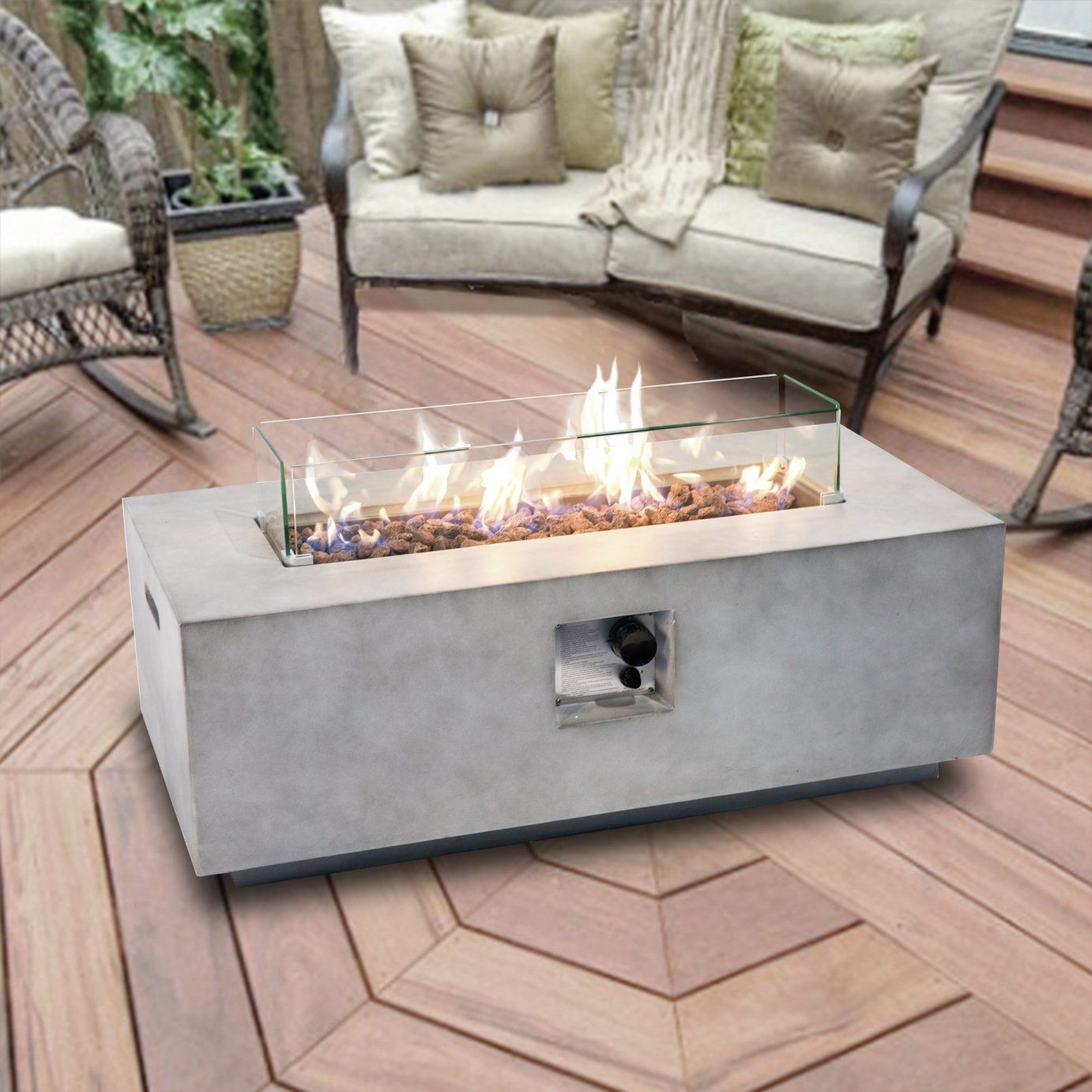
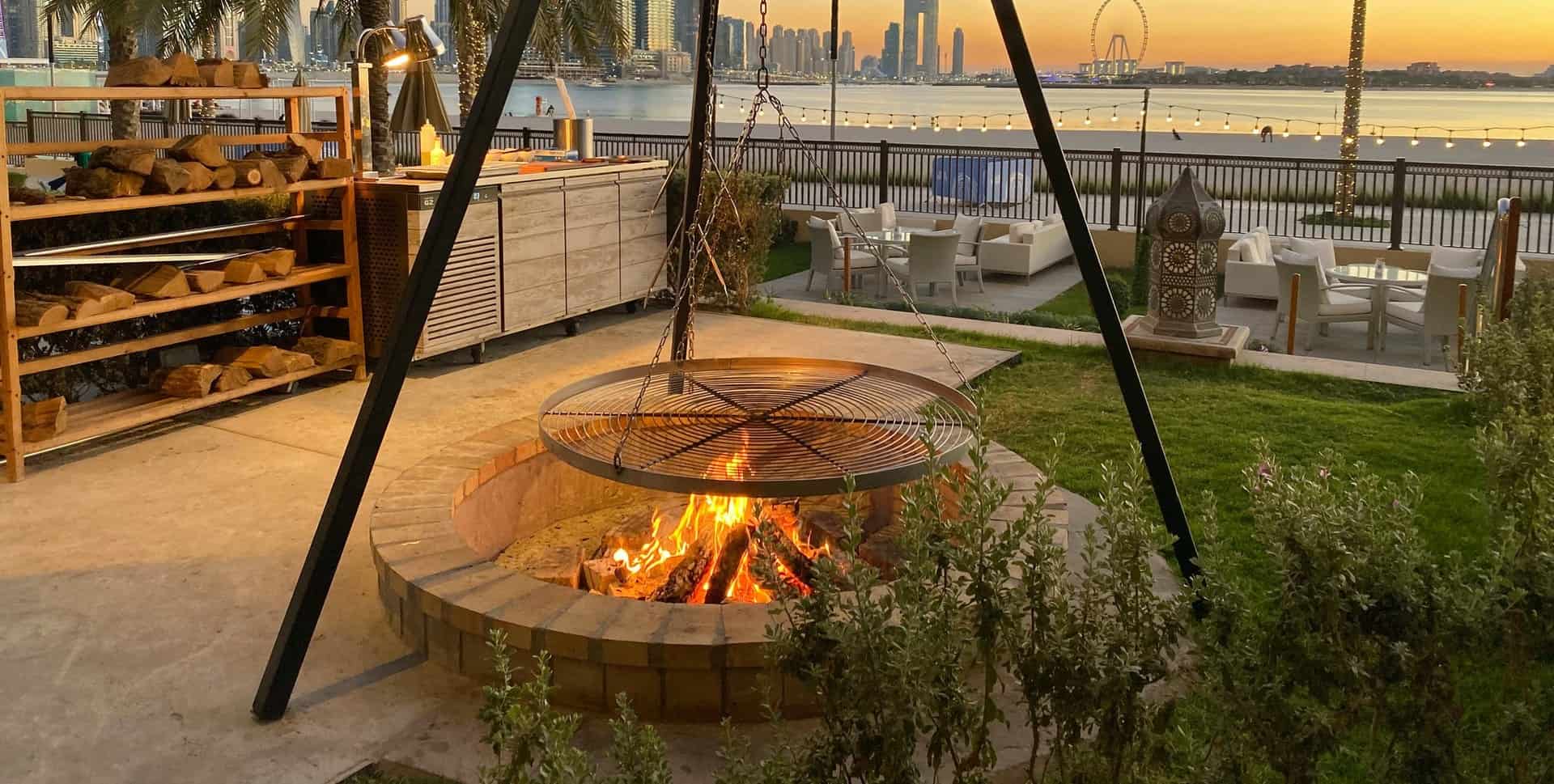
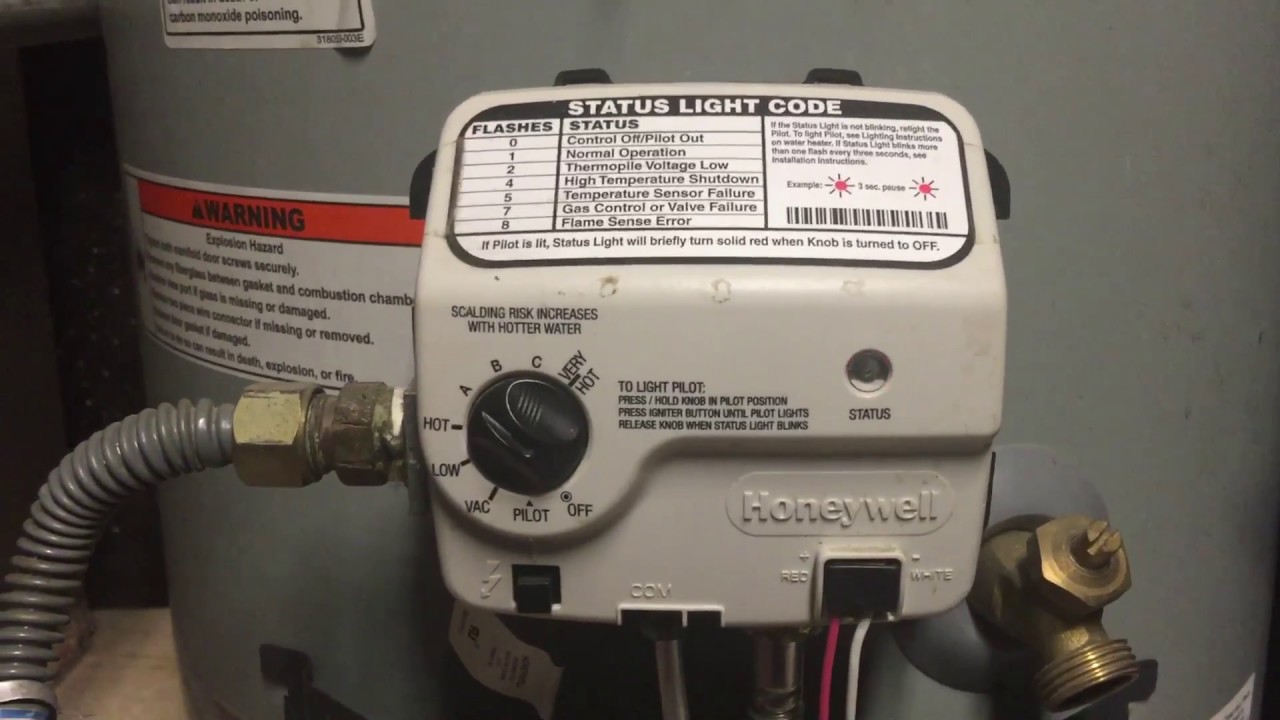
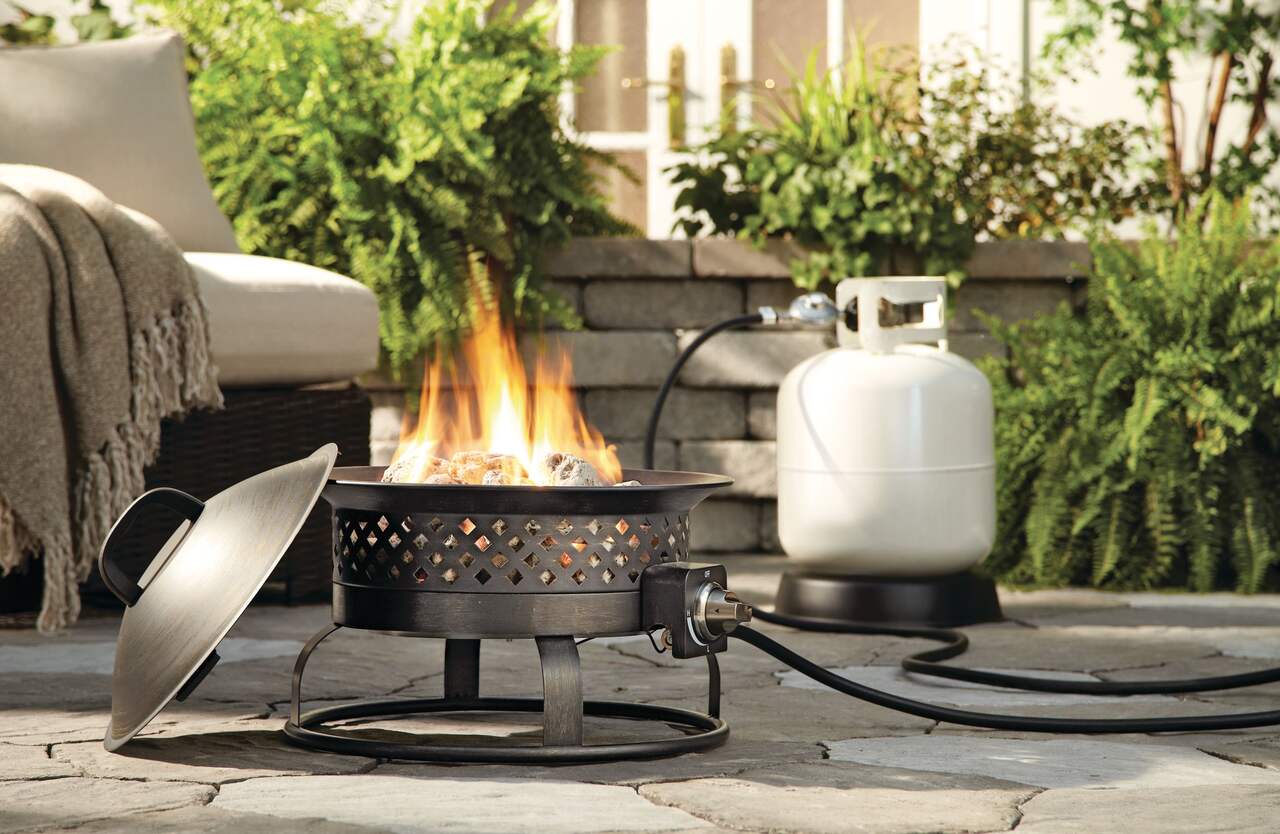
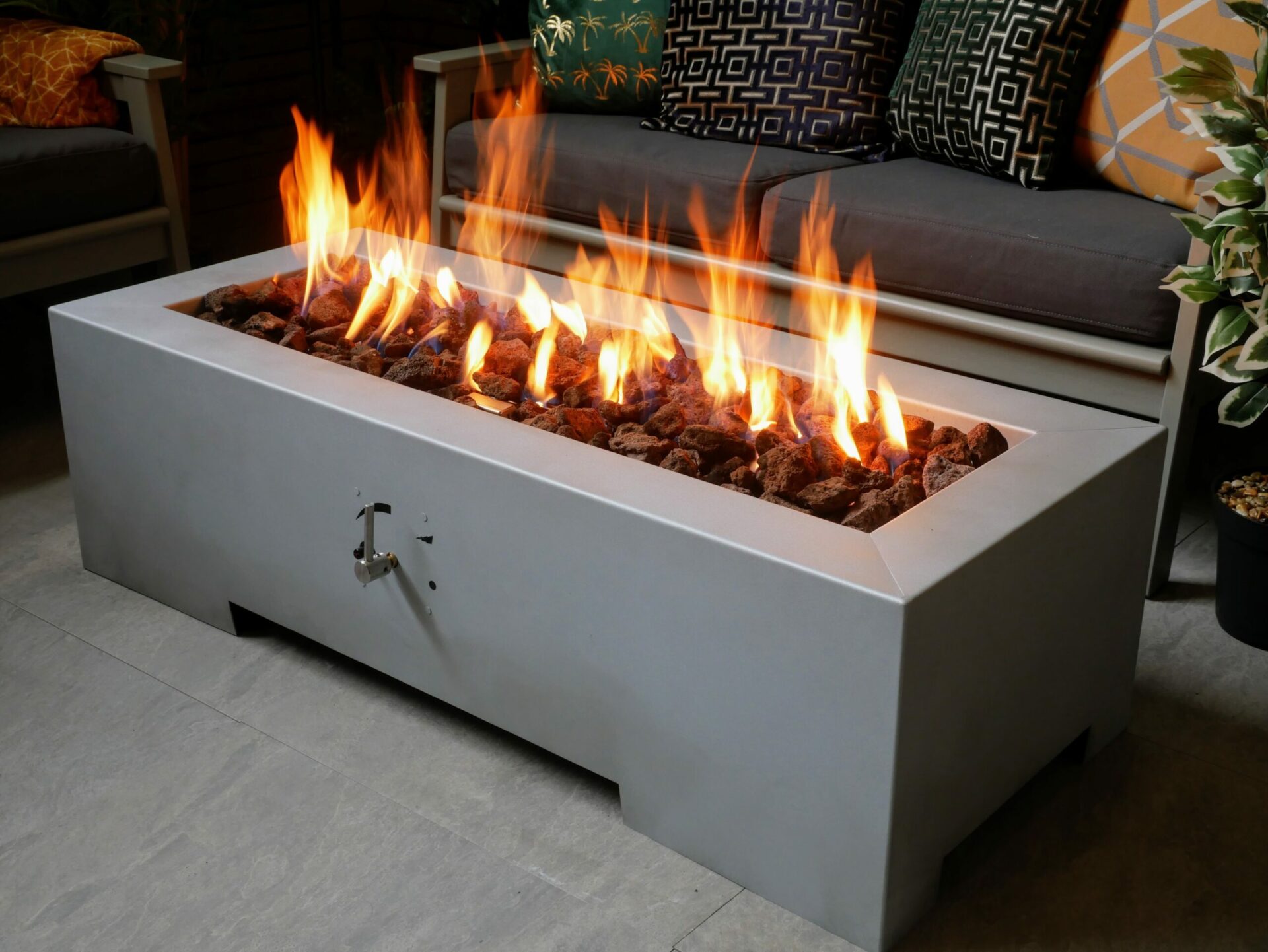
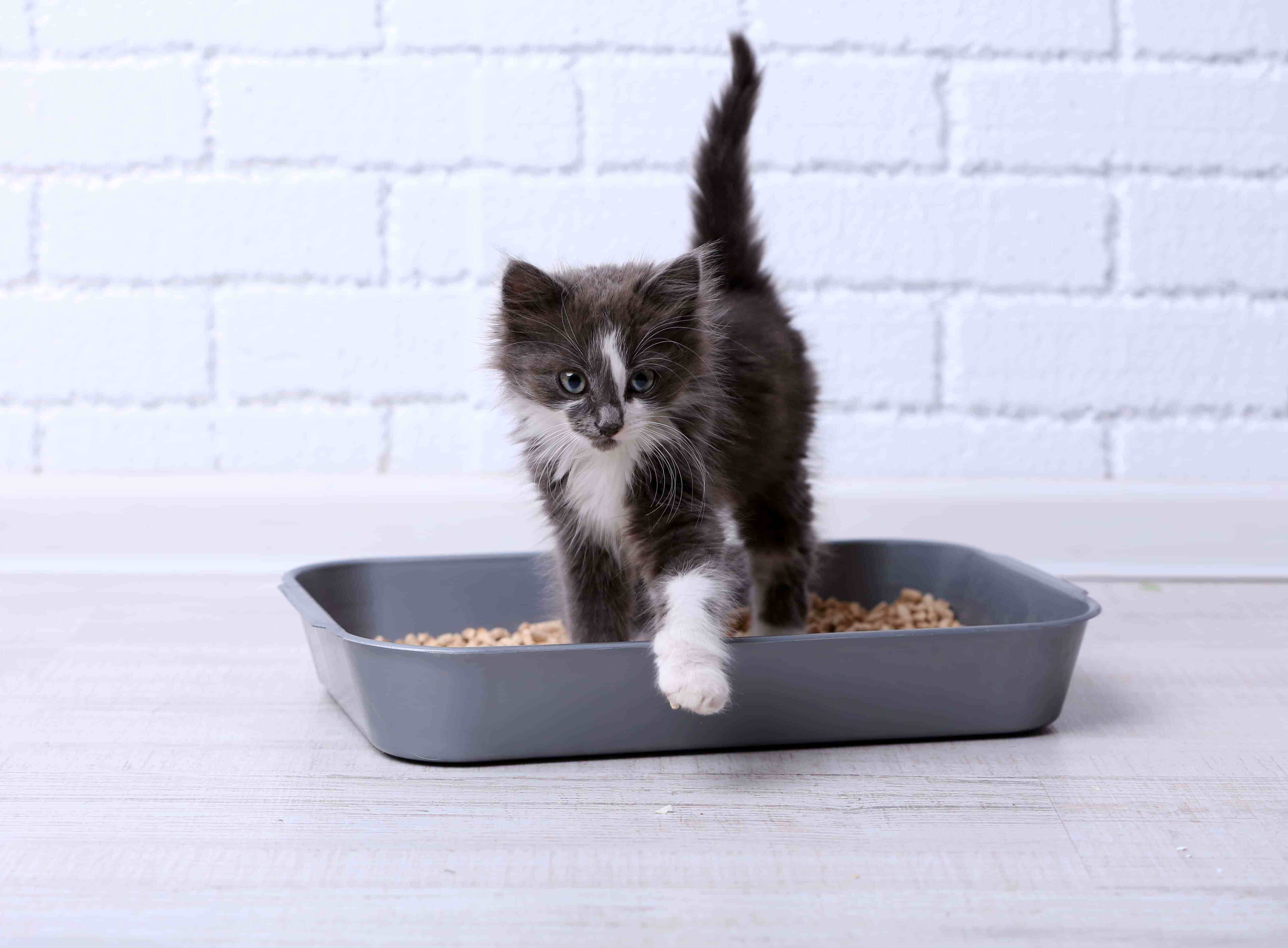
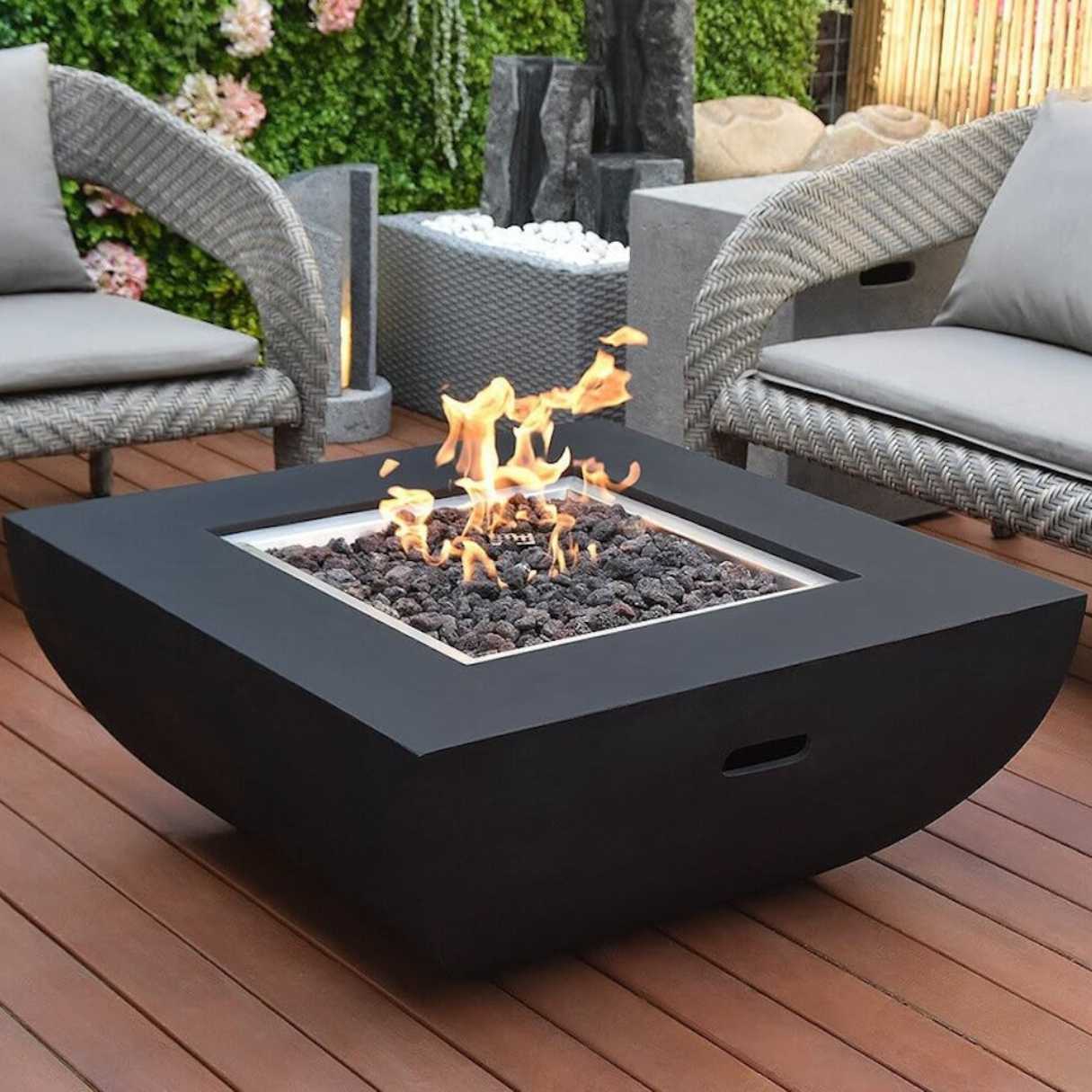
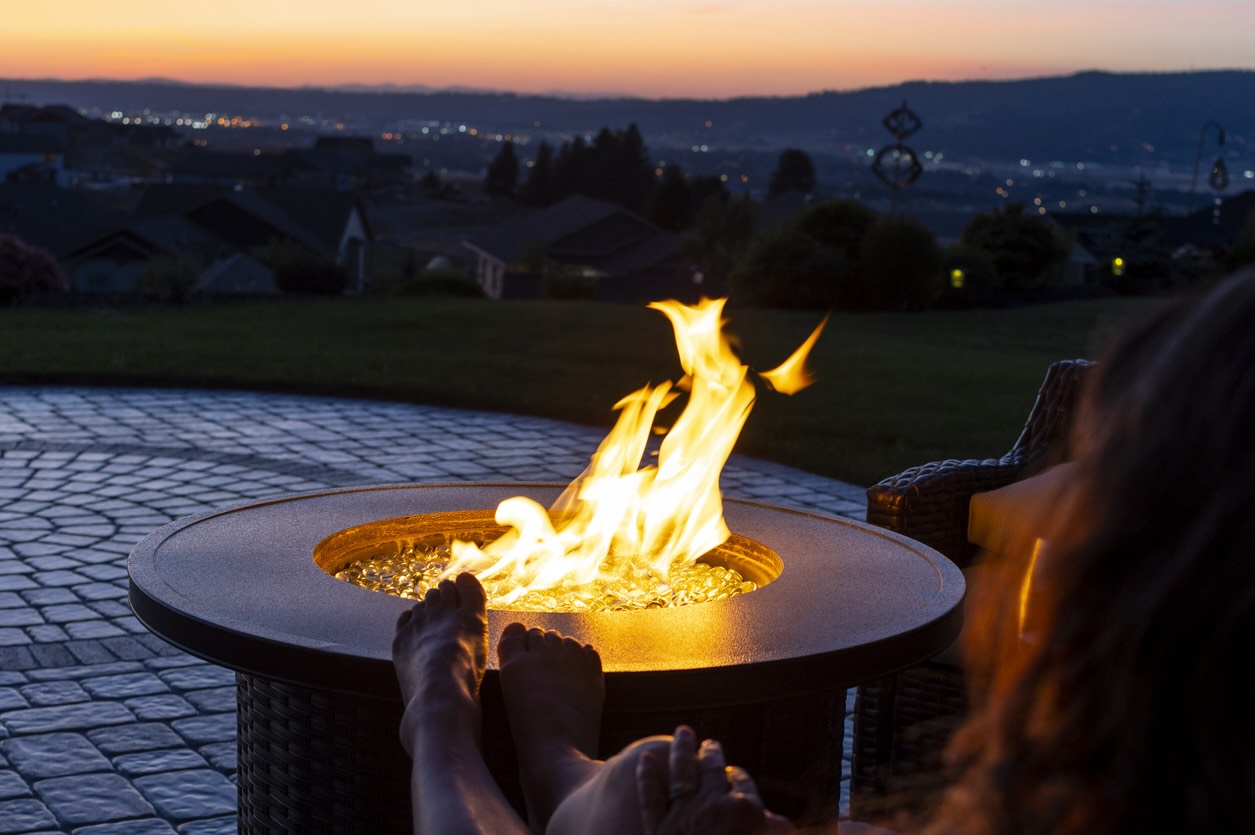

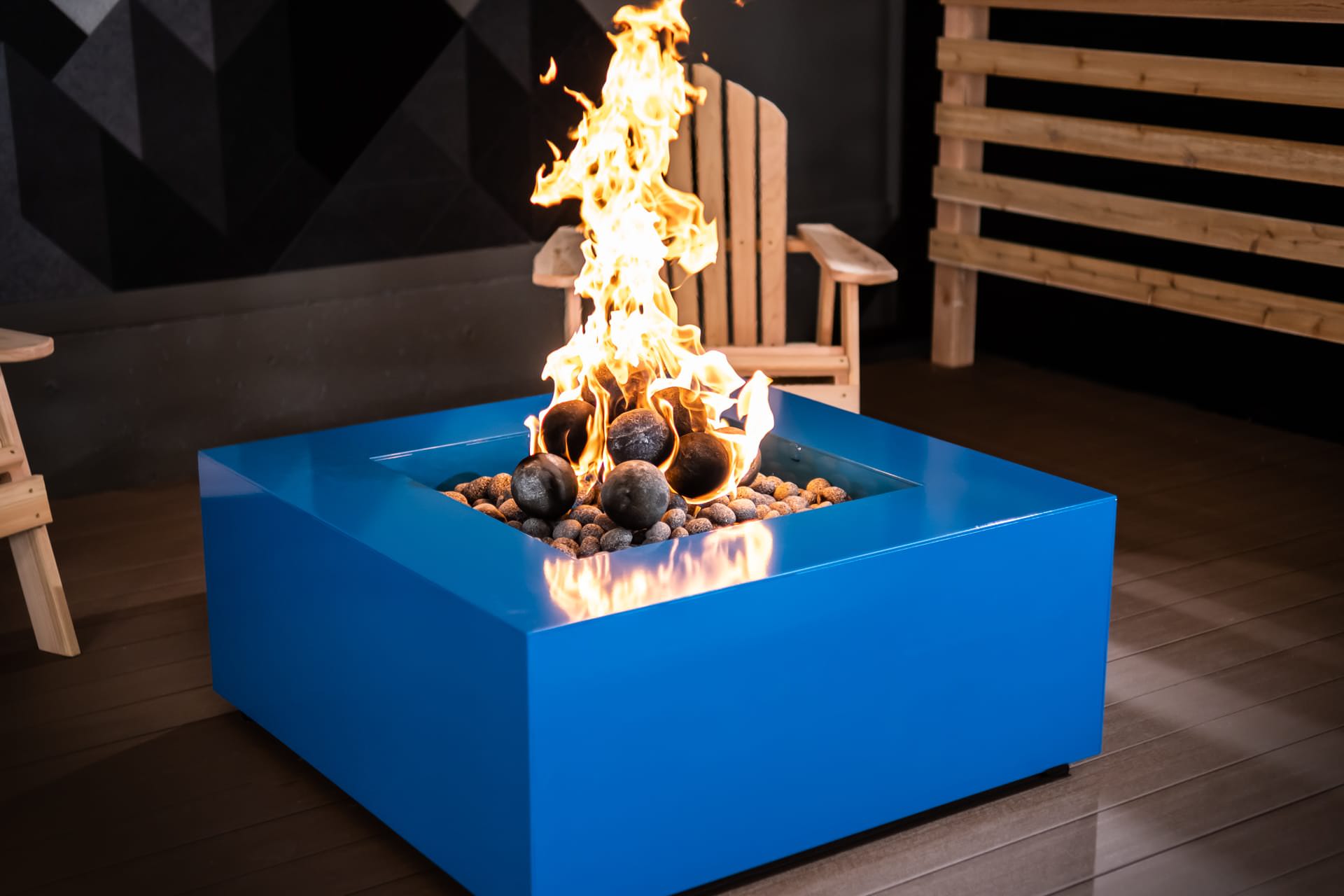
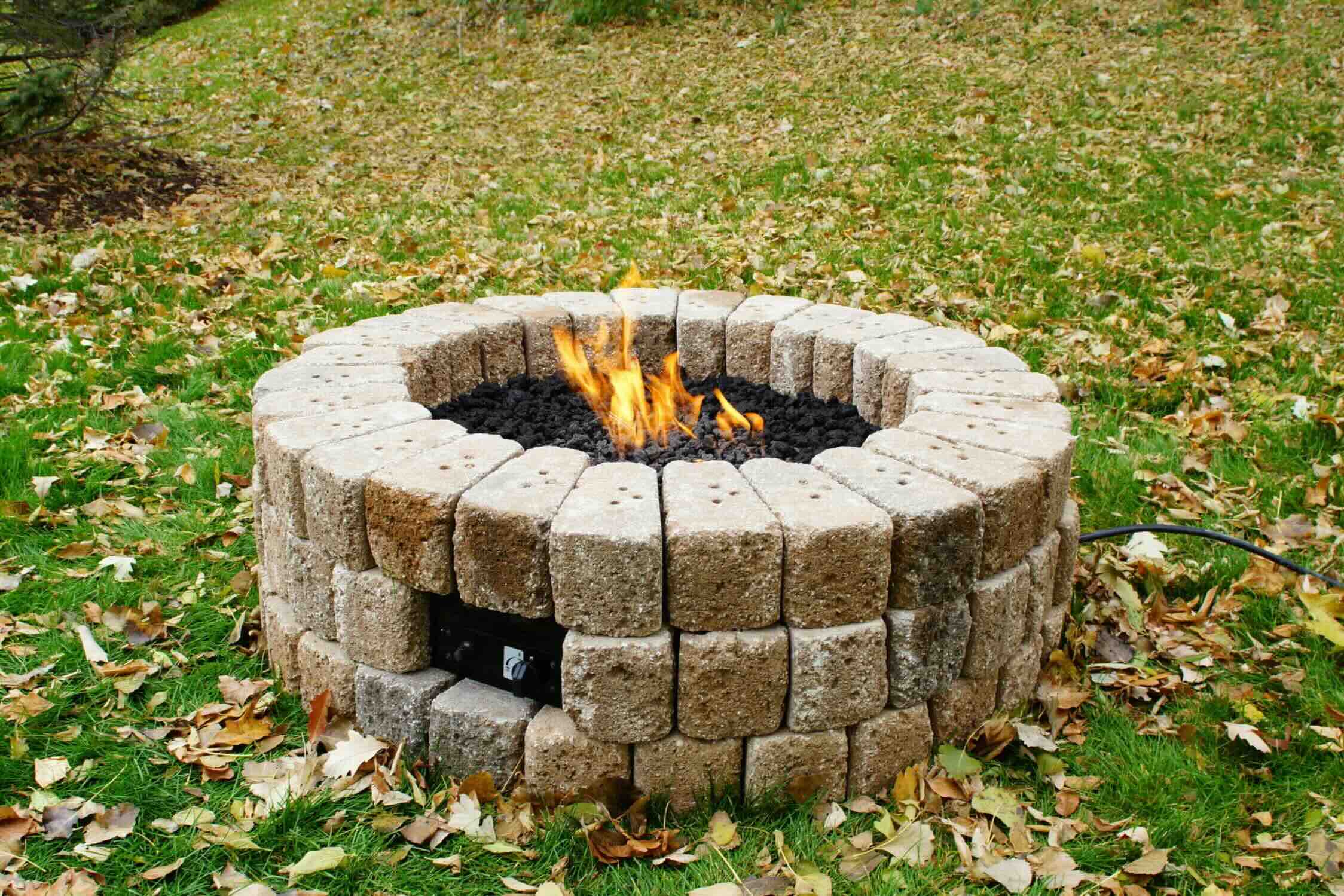
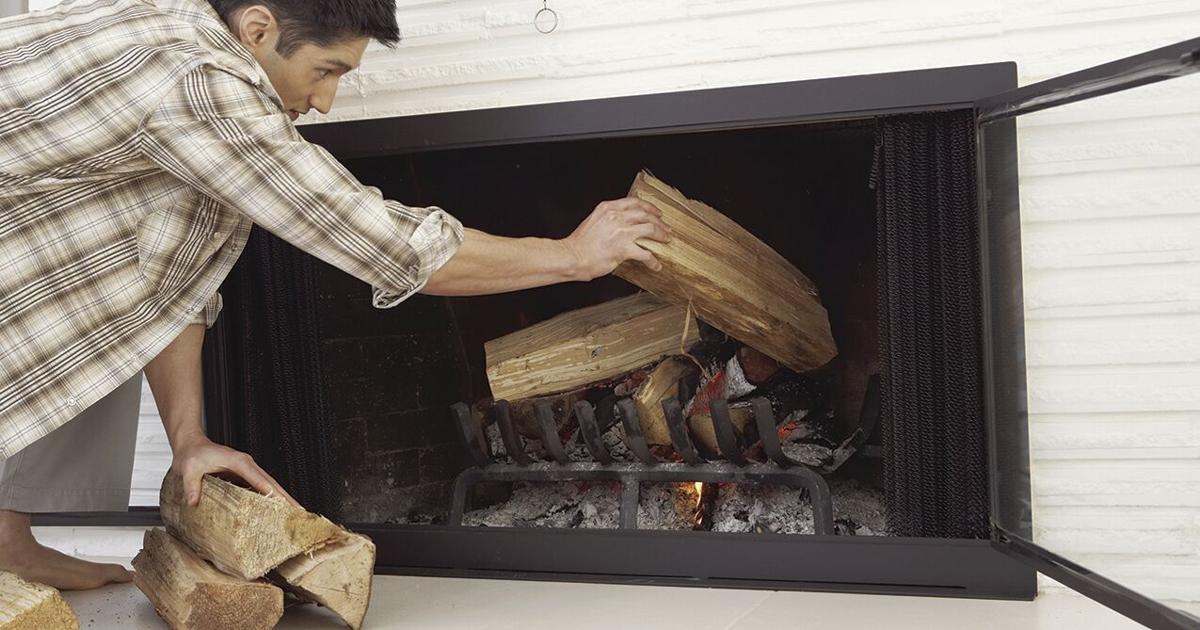
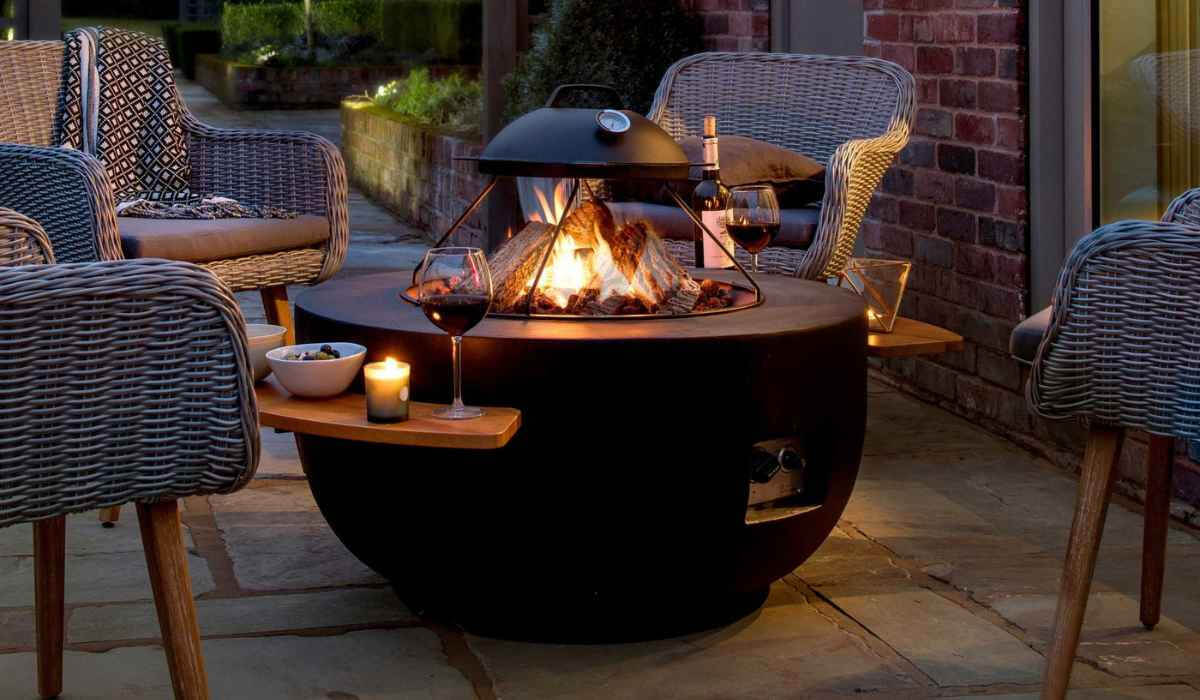
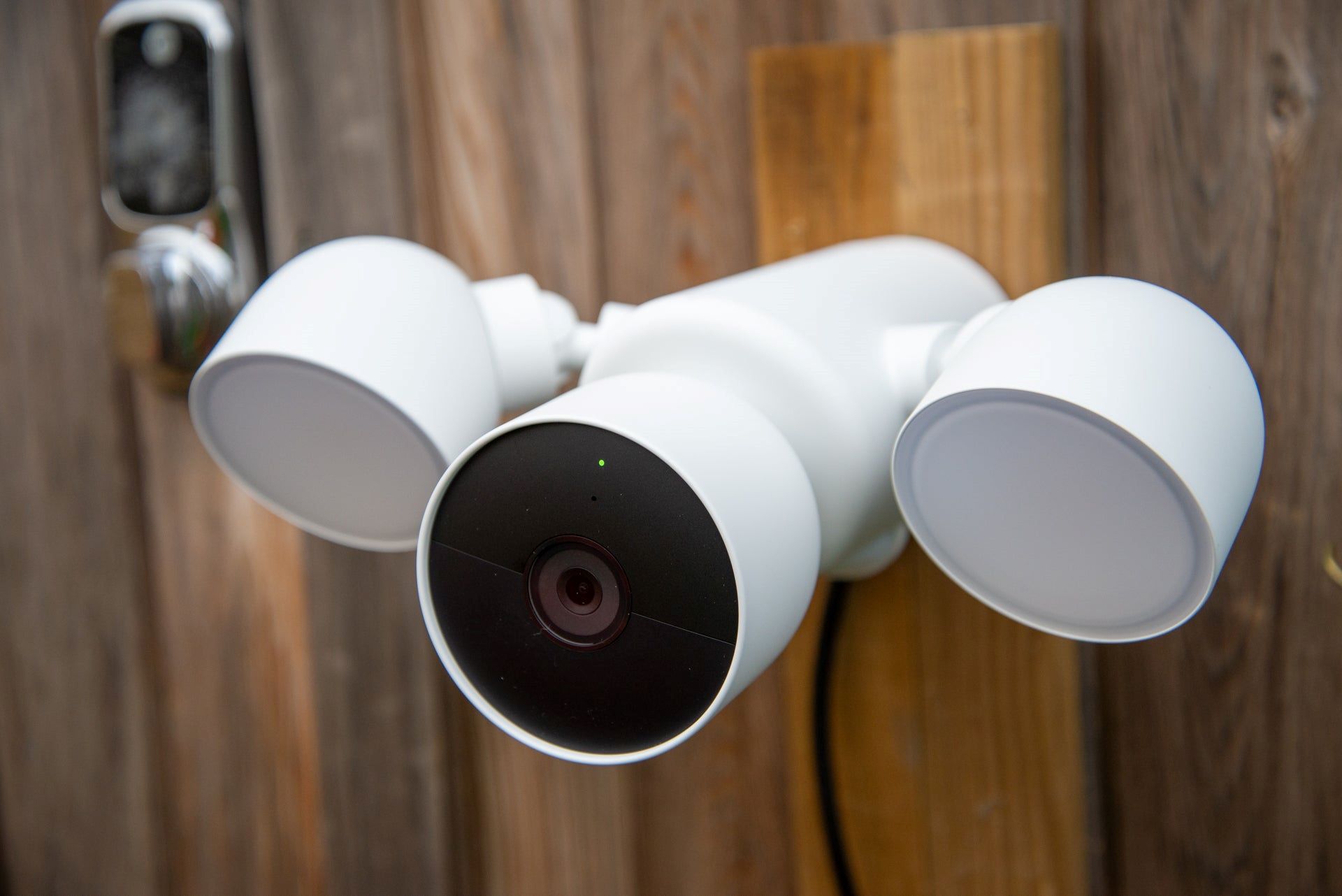


0 thoughts on “Why Does My Gas Fire Pit Keep Going Out”